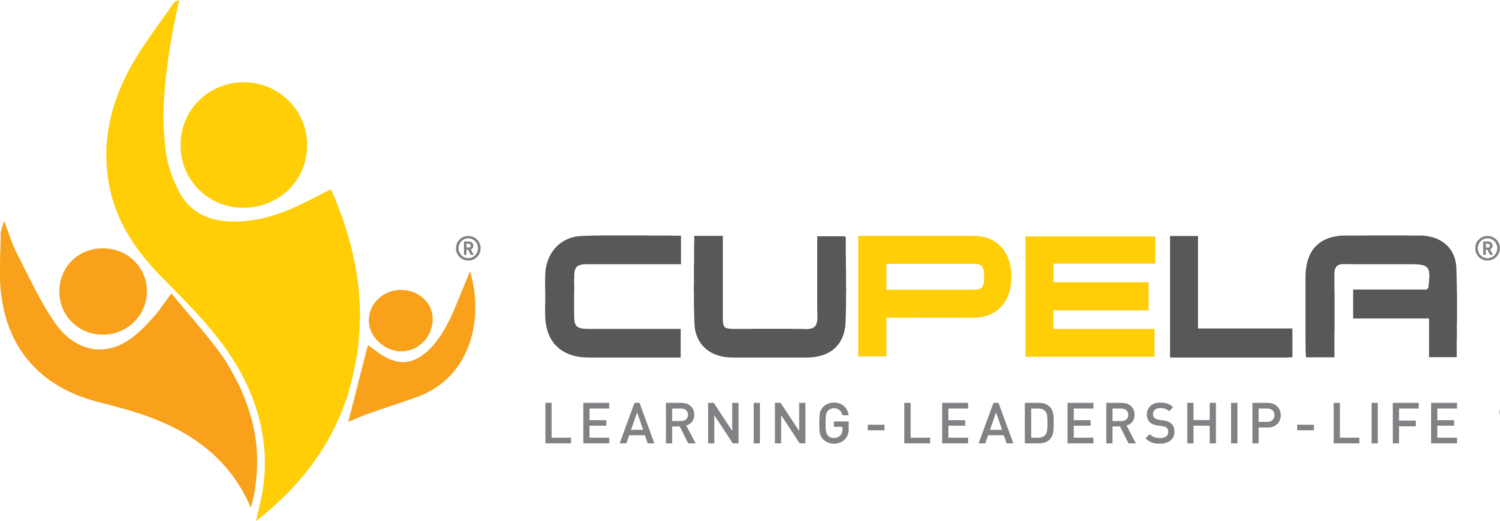How Leaders Can Prepare Themselves for Future Challenges
More and more people are joining the gig economy. This means top talent is more likely to work project-by-project rather than stay employed with one company for many years. It also means that leaders need to step up to provide engaging work environments in order to attract and retain top talent.
In a 2018 study on the gig economy (registration required), Gallup estimated that "29% of all workers in the U.S. have an alternative work arrangement as their primary job." By 2020, the number of self-employed workers in the U.S. is projected to triple to 42 million people.
Focusing on Soft Skills
Add to that the fact that with the rise of artificial intelligence, soft skills are becoming increasingly important. According to one Forbes contributor, "Soft skills are going to be hard currency in the job market as AI and technology take over some of the jobs that can be performed without people."
In an economy where the leader is more dependent on the expert in their team than vice versa, volatile leaders who treat their reports poorly will no longer be successful. The leader of the future needs to be emotionally intelligent and self-aware to be able to keep those engaged who can just as easily walk away and work somewhere else.
As a coach, one of the many tools I suggest is practicing self-reflection. For example, when you're upset, first ask yourself if you're being triggered because of an unresolved issue. This way, you can avoid blaming someone else for making you angry.
This practice gives you a chance to stop and consider your behavior (and mindset) from different perspectives. This raises self-awareness, which helps you become more congruent and aligned to the stated core values and culture, thus becoming role models for your employees in the best case. Even a little increase in self-awareness can lead to a lot of improvement in relationships of all kinds.
Leveraging Existing Strengths
The coaching process is deeply personalized. It identifies and then builds on the existing strengths of the leader. Take well-known TED speakers Simon Sinek and Brene Brown: They have very different presentation styles. For example, I observed that Brene often relates a lot of personal examples, while Simon used more examples from history or big business. One might inspire you to feel, while another might inspire you to act.
Nevertheless, they are both immensely popular, their respective TED Talks have been watched tens of millions of times, and they've gone on to publish several books each. That'’s because each of them built on their individual strengths and developed a presentation style that is authentic to them. As a leader, identifying and fully leveraging your individual strengths means you, too, can shine.
If you are not 100% sure what your strengths might be, think about the following questions:
• What do people ask your advice for?
• What are the tasks that easily lead you down the "rabbit hole," so you forget the world around you and lose track of time?
• What energizes you? Which tasks make you feel strong and capable as if you're standing fully in your power?
Disruption is key in a world where people are flooded with data every day. We need disruption to actually look up, engage and get curious. So rather than feeling annoyed by disruption, how can you leverage your strengths to create smooth transitions?
Discovering Blind Spots
Often, I've observed leaders become stuck when they have blind spots that keep them doing the same things over and over. Their colleagues might have resigned themselves to expect this behavior from them by now, but that doesn't mean it isn't holding you back. I've heard many conversations in succession planning meetings that go something like this: "Peter would be the ideal candidate for the position if only he listened to what others have to say," or, "Sarah would be so great for the job, if only she were a bit more aware of what she needs to improve."
It's important to develop new ways to solve problems, explore new ideas, go beyond the tried and tested, expand your mind, infuse new energy to change existing behavior and adopt new habits. As a result, you'll be able to work on those challenges you have always wanted to overcome, but couldn't.
From my perspective, what holds you back more than your actual skillset is your beliefs. We often don't even attempt something because we don't believe we can succeed at it.
You can discover your blind spots or dig up a limiting belief by getting perspective on your beliefs, motivating factors and decisions. For example, when you make a decision, stop for a minute and ask yourself what motivated you to make this decision. How many different possible viewpoints did you take into account?
Some aspects of this include absorbing new perspectives, widening your horizons, thinking and listening better, being willing to learn and overcoming career stagnation. When you open your mind, you suddenly see so many more options. What seemed impossible before is suddenly moved into the realm of the possible. This, in turn, improves your ability to think of solutions for yourself rather than rely on the tried and tested ones out there.
The more you succeed in tackling and solving problems, the more confident you become in our own decision-making.
This article first appeared on Forbes.

